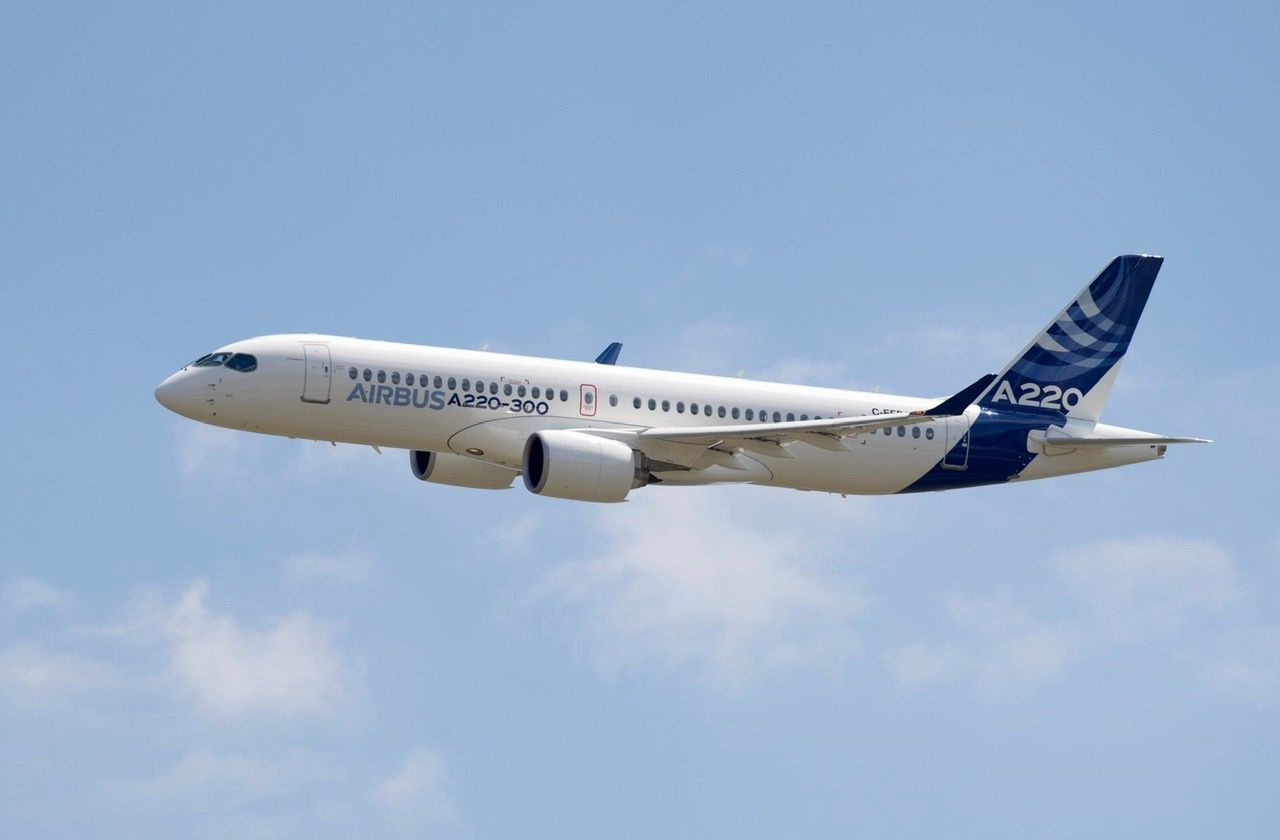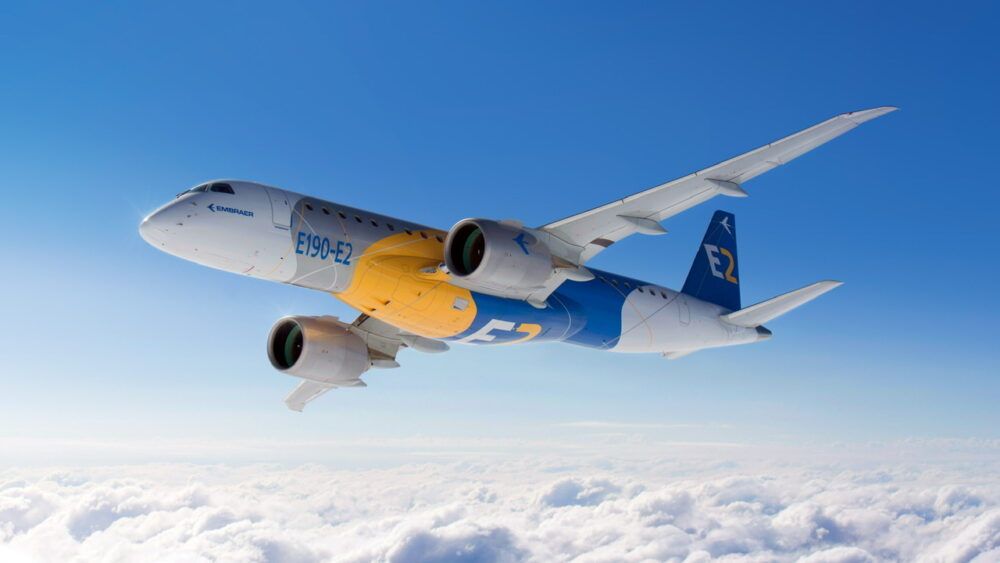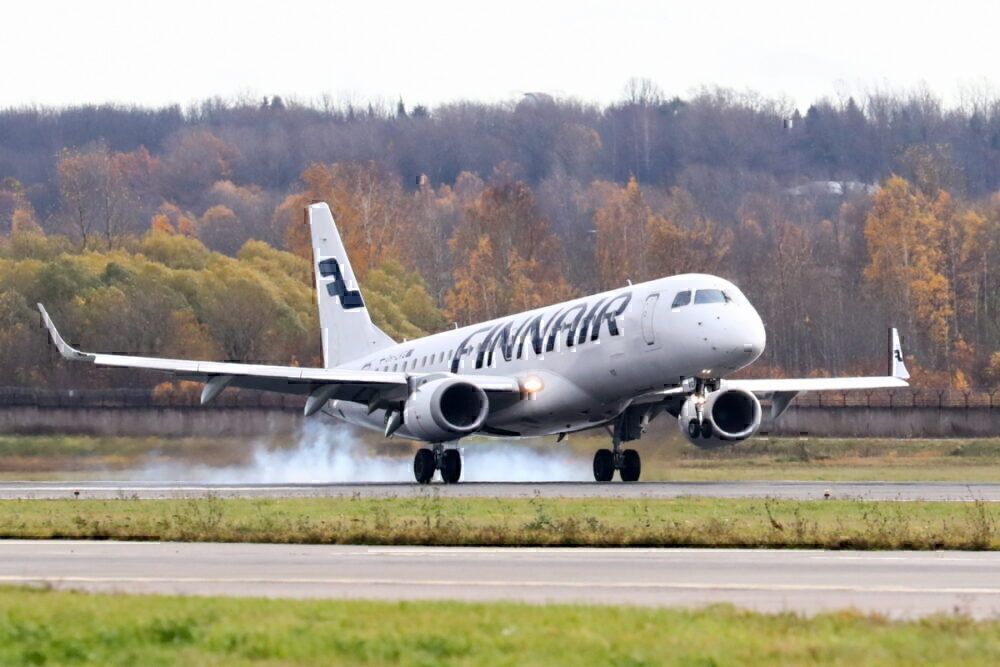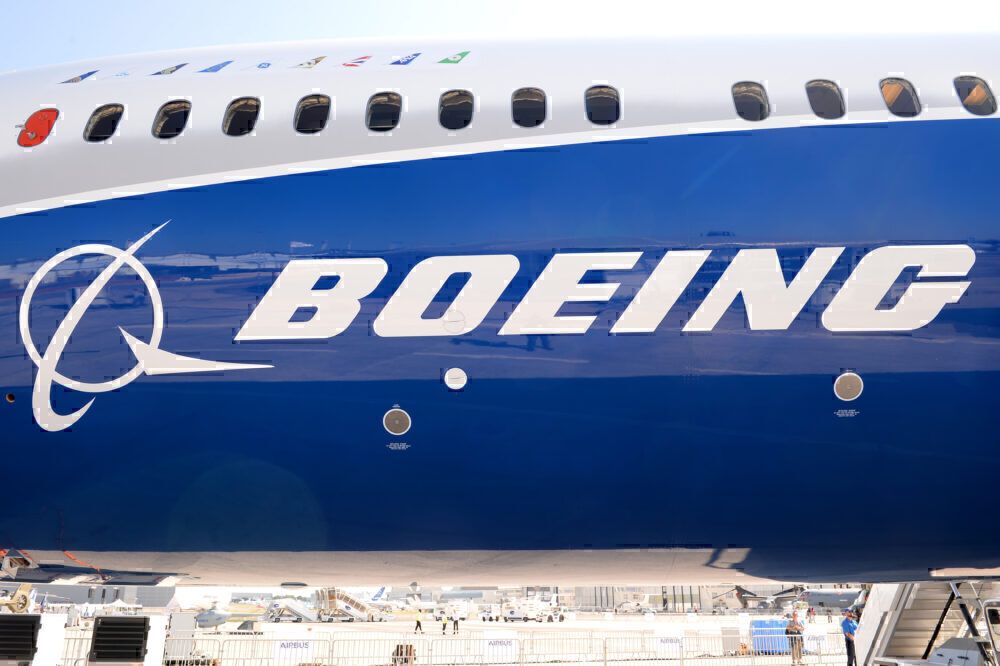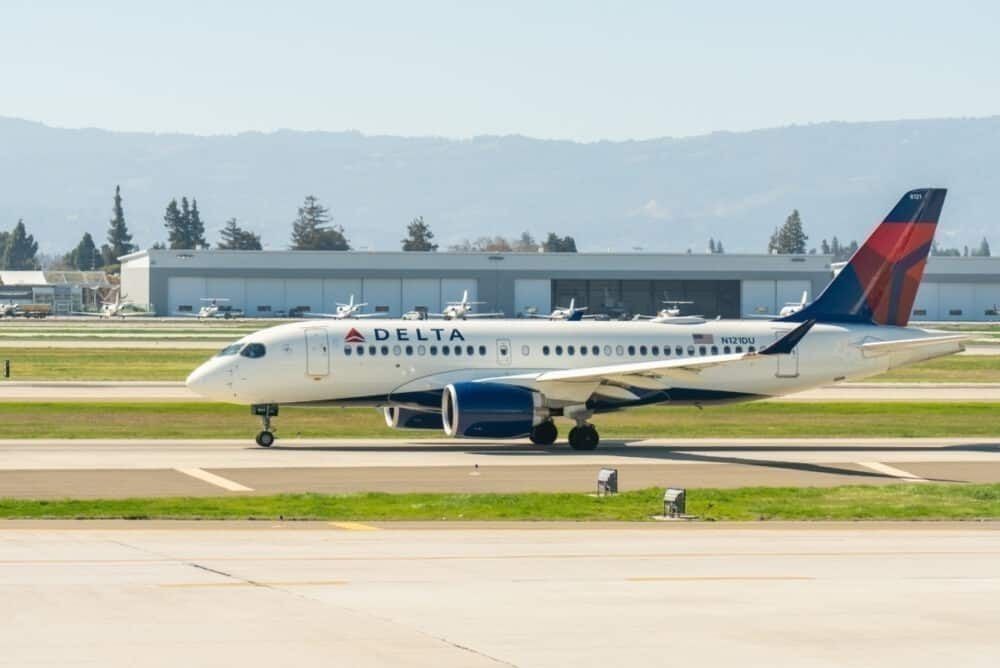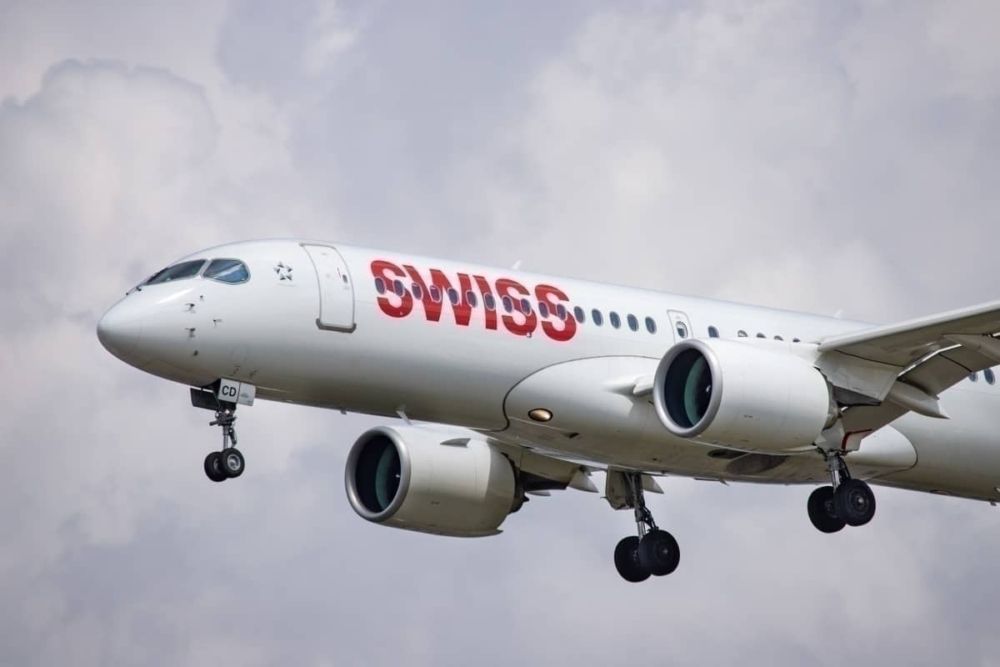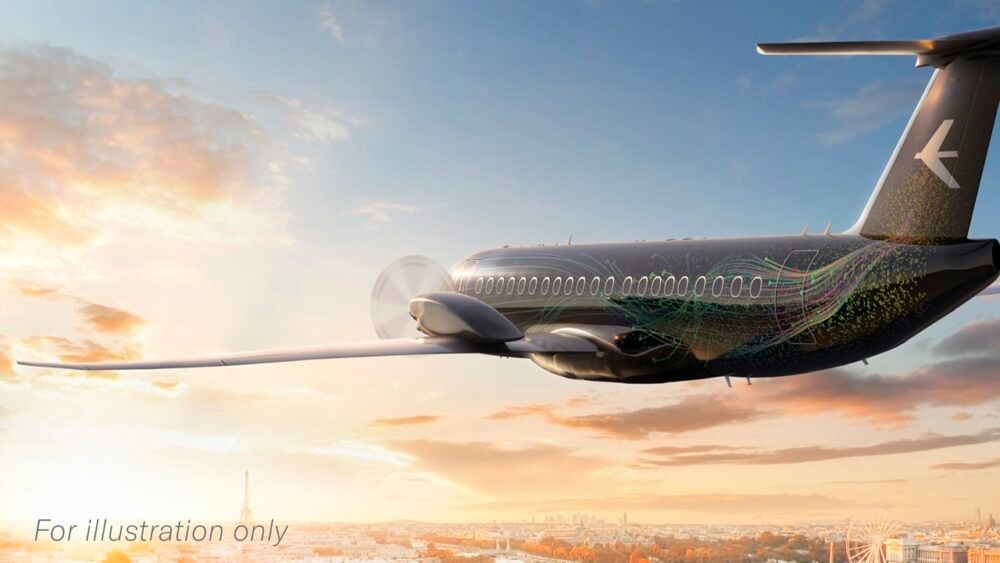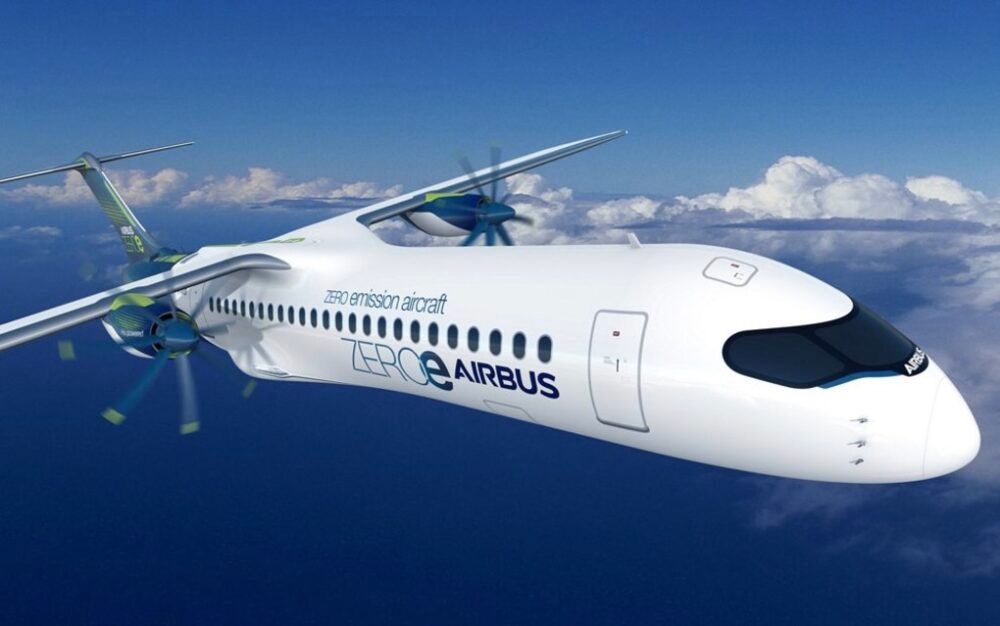Regional aircraft provide a vital role in transporting passengers to their destinations. However, with a shakeup within the aviation industry this year, these planes could hold even more importance this decade. Two manufacturers, Embraer and Airbus, have been ramping up their competition when it firms to smaller aircraft in recent years. Let's take a look at the efforts between the two companies.
Through the decades
Embraer holds a specialty in providing smaller aircraft. It has successfully introduced several types over the decades. When it comes to current programs, its E-Jet and E-Jet 2 families have been taking on the world by storm.
Meanwhile, Airbus had dabbled in smaller planes in recent decades, such as with the Airbus A319's introduction in 1996, and its smallest plane, the A318, which was entered into service in 2003. However, it is the firm's acquisition of the Bombardier CSeries that refined its position in this market.
Ramping-up competition
Travel Radar highlights that the C-Series program was expected to be a game-changer for short-haul operations. However, Boeing's anti-competitive injunction rocked sales. Subsequently, Airbus bought 51% of the series, and it was renamed to the A220. Notably, this plane is made in the United States at the manufacturer's Mobile, Alabama, and is marketed as a domestic product.
This move sent messages throughout the aviation industry. Last year, Boeing established a partnership with Embraer that saw the US planemaker agree to purchase an 80% stake in the Brazilian outfit's commercial division.
The agreement was approved by Embraer's shareholders and was expected to be finalized in the summer of this year, pending antitrust reviews. However, Boeing terminated the deal following the impact of the global health crisis and allegedly the fallout of the 737 MAX groundings, among other operational factors. Nonetheless, if the deal had gone through, Boeing would have become a force in the smaller aircraft sector.
The short run
So, for now, Embraer is taking on Airbus directly with its jets. Most significantly, the E-Jet E2 and A220 were both introduced at approximately the same time and are set to compete well throughout the 2020s and beyond.
The E190-E2, E195-E2, A220-100, and A220-300 allow Embraer and Airbus to serve the 100-160 seat market. Moreover, they will rival when it comes to short ranges of approximately 2,600 NM. However, Airbus has the advantage here as it can reach up to 3,300 NM with the A220-300.
Altogether, Embraer has 173 orders for its E2 family. Meanwhile, there have been a staggering 642 orders for the A220 family. Therefore, when it comes to this crop of planes, the European company has the upper hand when it comes to sales.
Notably, Delta Air Lines received the first A220 built in the US last month. The Atlanta-based carrier has high hopes for the jet, with a total of 95 units on order. JetBlue is set to follow its American counterpart by taking delivery of its first unit of the type in December. In fact, the plane will replace the airline's current fleet of Embraer E190 aircraft.
The larger A220-300 variants are currently flying with SWISS (20), EgyptAir (10), Korean Air (10), Air Canada (eight), and Air Tanzania (two). Only two airlines presently operate the smaller -100. These operators are Delta (42) and SWISS (nine).
Turboprop prospects
It may not only be commercial jets that Embraer and Airbus will compete on in the future. Both companies are looking into turboprop solutions.
Last summer, Embraer had touched on its turboprop project, and this year it shared an image illustrating what such a plane could look like. Moreover, Rodrigo Silva e Souza, the firm's VP of commercial aviation marketing, highlighted that the pandemic is bringing the need for smaller-capacity aircraft in a soft-demand market. This aspect is something that a turboprop could handle. If produced, it would be the first Embraer passenger turboprop introduced in over 35 years.
Meanwhile, Airbus has been working on projects to offer the world’s first zero-emission commercial plane by 2035. The company's ZEROe concept aircraft will help it explore a variety of configurations and hydrogen technologies.
Airbus CEO Guillaume Faury spoke about the project in September. He emphasized the use of modern technology in the program.
“This is a historic moment for the commercial aviation sector as a whole and we intend to play a leading role in the most important transition this industry has ever seen. The concepts we unveil today offer the world a glimpse of our ambition to drive a bold vision for the future of zero-emission flight,” Faury said in a press release seen by Simple Flying.
"I strongly believe that the use of hydrogen – both in synthetic fuels and as a primary power source for commercial aircraft – has the potential to significantly reduce aviation's climate impact.”
Plenty of potential
Altogether, turboprops were once the standard when it came to passenger aviation. Jet aircraft have since dominated the scene for many decades. However, with new requirements in the market, turboprops could go through a renaissance with modern technology. Ultimately, both Embraer and Airbus will be keeping a close eye on the possibilities throughout the 2020s.
What are your thoughts about Embraer and Airbus' short-haul aircraft advancements? Which of the planes made by the manufacturers have you flown on over the years? Let us know what you think of the companies' future plans in the comment section.

